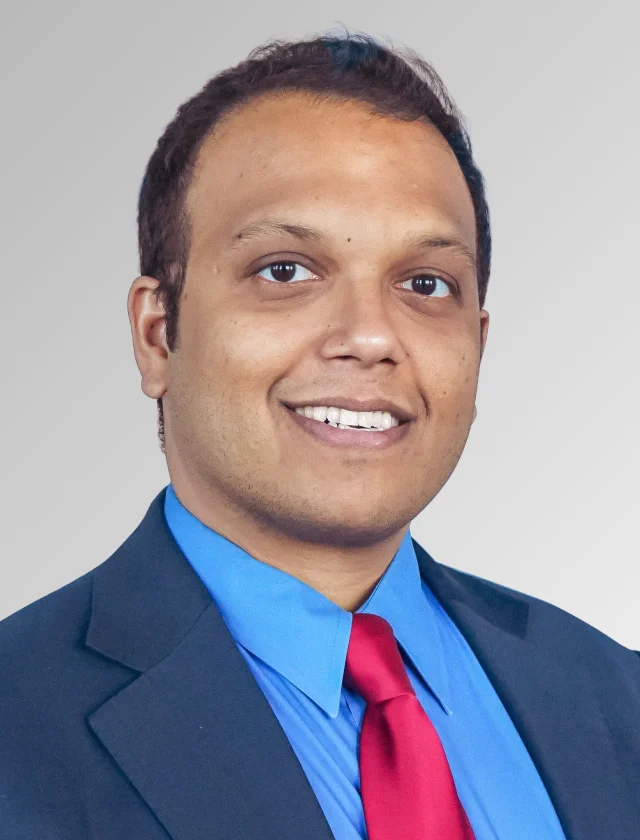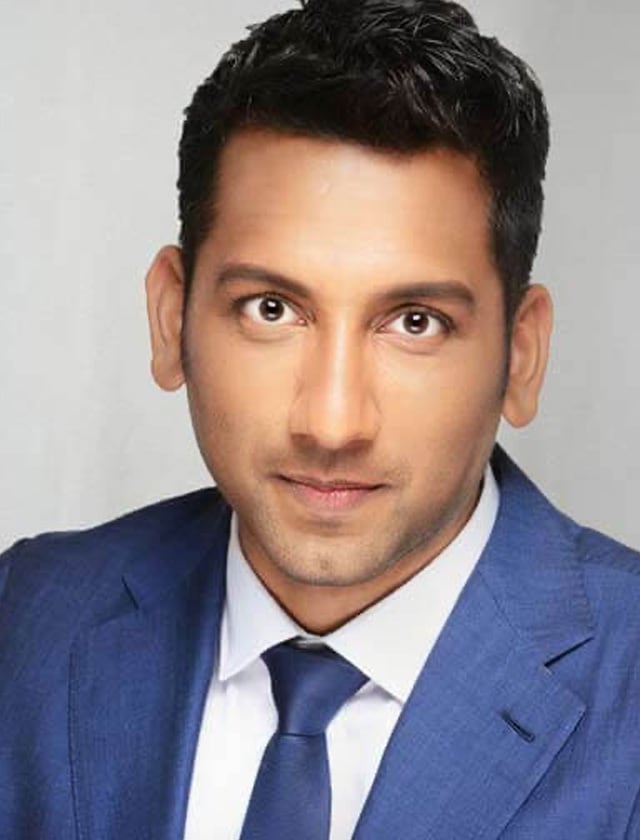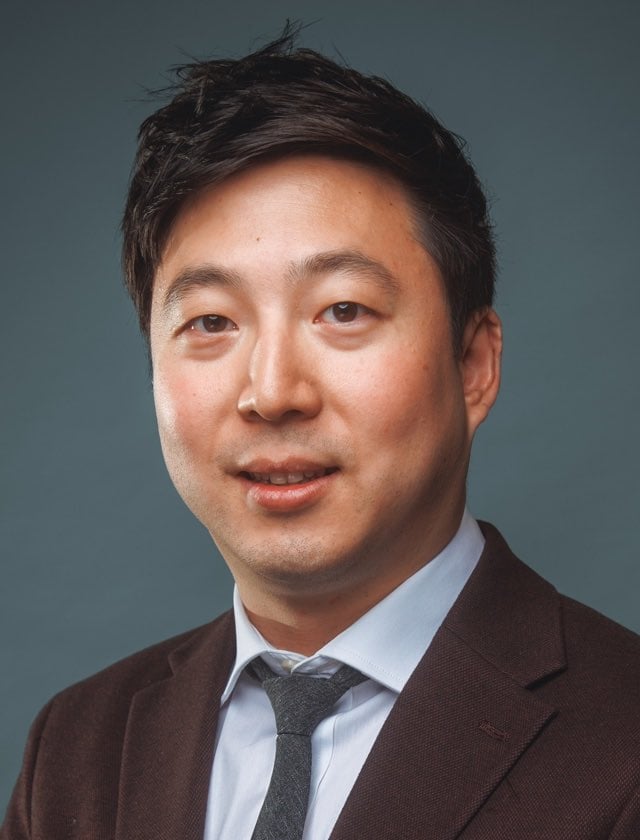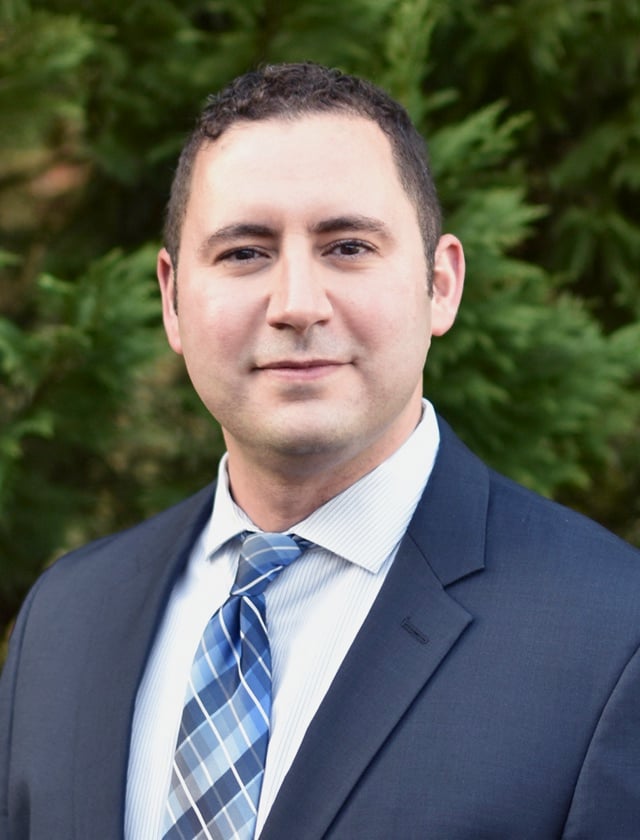Understanding Post-Amputation Pain
Over two million people in the U.S. live with limb loss, and many experience ongoing pain afterward. This pain may come in different forms:
- Neuroma pain: Sharp pain caused by nerve clusters that form when cut nerves try to regrow but have nowhere to go.
- Phantom limb pain: A burning, aching, or electric-like pain that feels like it’s coming from the missing limb.
- Residual limb (stump) pain: Discomfort in the remaining part of the limb, often caused by prosthetic fit, skin irritation, or neuromas.
Phantom limb pain often begins soon after surgery. While it may fade for some, it becomes a long-term challenge for many. Poor pain control around the time of surgery may increase the risk of chronic symptoms.
A Closer Look at TMR Surgery
TMR is an advanced surgical procedure designed to help relieve chronic nerve-related pain after amputation. During the procedure, surgeons re-route severed nerves into nearby healthy muscles.
This helps:
- Improve how the brain processes nerve signals from the amputated limb
- Prevent the formation of painful nerve clusters
- Reduce or eliminate phantom limb and neuroma pain
Redirecting the nerves gives them a new purpose, essentially “closing the loop” to prevent misfiring pain signals. This not only decreases pain but may also improve your ability to use a prosthetic comfortably. TMR has shown promising results in helping amputees return to daily life with less pain and better function.
A Comprehensive Approach to Care
The Center for Hand and Upper Extremity Surgery specializes in treating nerve pain that persists after amputation. Our surgeons are highly experienced in TMR and other advanced techniques. We take a personalized approach, combining surgical expertise with pain management strategies tailored to your needs. Our mission is to help you move forward with greater comfort, confidence, and quality of life.
.webp)


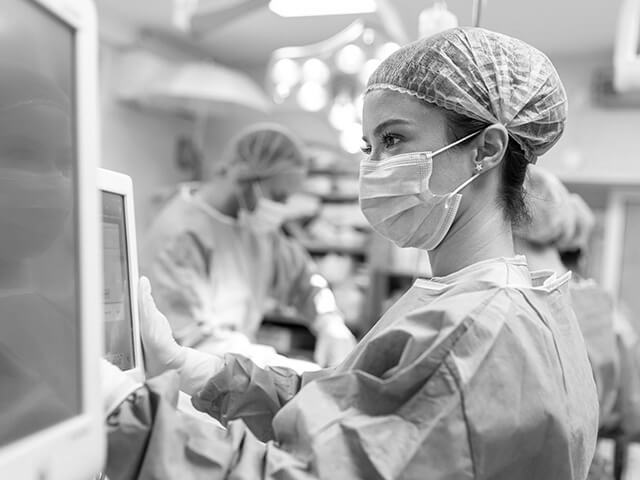

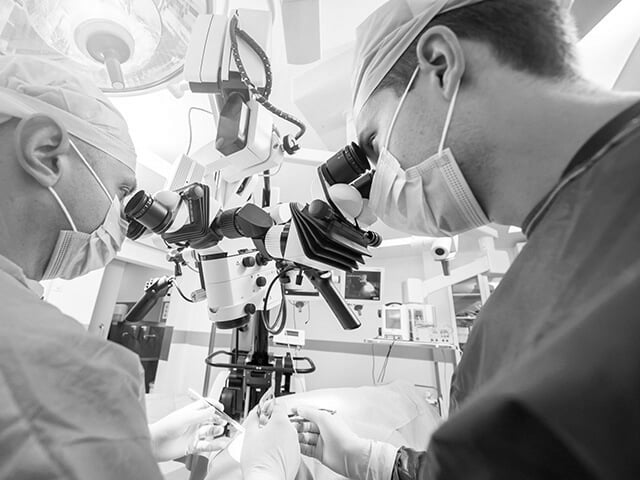

-1.jpeg)
